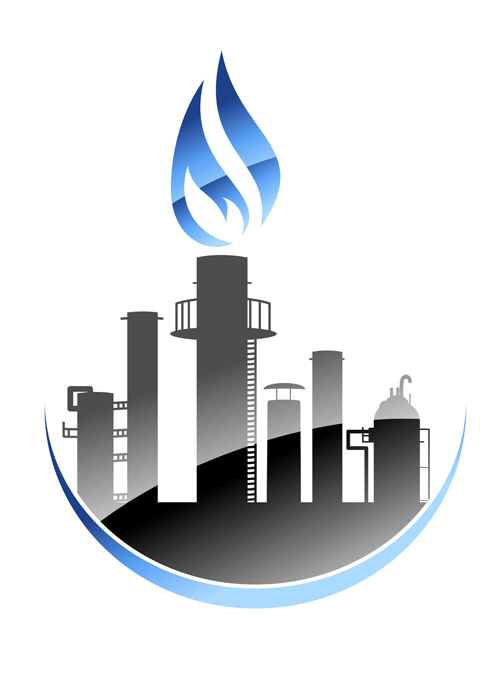HVAC for Oil & Gas Facilities
 Oil refineries, processing plants, pipelines, storage farms, LPG/LNG plants facilities are fraught with numerous challenges related to health and safety, logistics, economics, quality assurance and overall performance. HVAC design for such facilities needs special considerations not only to minimize the potential loss to capital investment but also to isolate the personnel from life-threatening environment. The main objectives of HVAC systems in O&G facilities include:
Oil refineries, processing plants, pipelines, storage farms, LPG/LNG plants facilities are fraught with numerous challenges related to health and safety, logistics, economics, quality assurance and overall performance. HVAC design for such facilities needs special considerations not only to minimize the potential loss to capital investment but also to isolate the personnel from life-threatening environment. The main objectives of HVAC systems in O&G facilities include:
Maintain acceptable working and living environment for personnel and non - destructive conditions for equipment.
Prevent ingress of potentially explosive/toxic gas-air mixtures into non-hazardous areas, electrical switch rooms and equipment rooms.
Prevent formation of any combustible mixture and maintain an atmosphere where the gas/air mixture is kept below LEL during normal operation.
Provide dilution ventilation for all enclosed hazardous areas in order to reduce the risk from build-up of potentially explosive/toxic gases within these spaces.
Prevent smoke spreading and keep enclosed escape ways free of smoke in case of fire.
Design Objectives
Considering the occupational hazards, the HVAC systems must be designed,
installed and operated with utmost care and thought given to reliability of design and
equipment performance. Specific design objectives include:
1. Maintaining environment conditions (temperature and humidity) appropriate to the
operating requirements.
2. Maintaining pressurization between hazardous and non-hazardous areas.
3. Dilution and removal of potentially hazardous concentrations of flammable / toxic
gaseous mixtures in hazardous areas.
4. Filtration of dust, chemical contaminants and odours through chemical and
carbon activated filters.
5. The isolation of individual areas and control of ventilation in emergency
conditions, through interface with the shutdown logic of the fire and gas detection
and alarm safety systems.
Operation Objectives
The HVAC systems should respond appropriately to the emergency shutdown and
provide for operation of essential services during an incident. Specific requirements
include:
1. HVAC services to all areas should normally be fan powered, except where it can
be demonstrated that natural ventilation can provide adequate safety protection
to the Installation.
2. HVAC systems should run continuously. During an emergency, certain parts of
the system may still be required to operate.
3. HVAC systems serving spaces where area classification depends on ventilation
or where operational aspects require extensive ventilation availability shall have
back-up capacity/ adequate standby /redundancy.
4. HVAC systems required for operation during emergency situations shall be
powered from dual power sources i.e. main supply as well the emergency power
system. The changeover between the normal and main supply shall be reliable
and automatic during failure.
5. Due cognizance should be given to fire and smoke control requirements of HVAC
services during and after an emergency
Related Products - Related Projects - ON-SHORE HVAC+R ROADMAP












